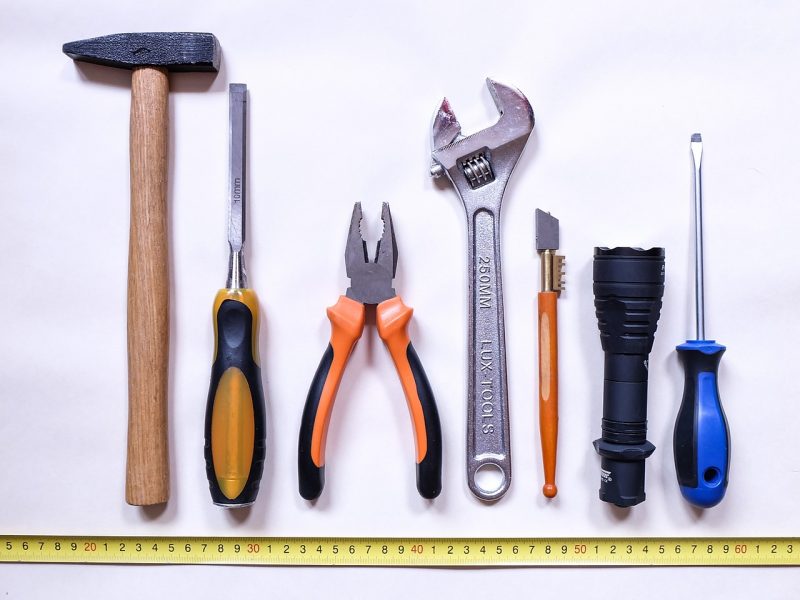When you're new to woodworking, it's important to start with some basic power tools.
Plasterer's Kit
Plastering tools are a vital part of any plasterer's kit. They provide a smooth finish to your work. These tools include the Floating trowel, Gauging trowel, and Claw hammer. They are also essential for applying finish coats. Once you have purchased your tools, the next step is to learn how to use them. Once you understand how to use them, you can start plastering.
Floating Trowels
Floating trowels are a useful tool when plastering. They help to smooth out trowel marks, and fill in holes. Floats should be used in two-layer application to ensure that the patch is even and smooth.
Float Works
A float works best in a circular, figure-of-eight motion, pressing the highs onto the lows to form a flat surface. It is also important to be careful when plastering corners, since they will need special attention.
Flatness
A float can also extend flatness, but it needs to be positioned so that it does not dig into the wall. Having good corners improves the overall appearance of the wall.
Materials
Plasterers' trowels are made from a range of materials. Carbon steel units are the cheapest, while stainless steel units cost more but offer longer life and greater rust resistance.
Stainless Steel
Stainless steel trowels require breaking in, but they also feature machine-worn edges. Among the more expensive trowels, gold ones are the most expensive but offer the best performance and longevity.
Best Way
The best way to prepare the wall for plastering is to clean the surface thoroughly before applying the plaster. This will prevent the plaster from becoming contaminated with dust or dirt.

Plaster
- Once the plaster has set, use the float to smooth the edges of the patch and to press it against the surrounding plaster to blend. Once the walls are clean, the plasterer can apply a top coat with a stainless steel trowel. This is essential to achieving a flat surface. Otherwise, uneven walls will result in a bumpy finish once the plaster has dried.
Gauging Trowel
A gauging trowel for plastering is a versatile tool that is used to apply plaster. It is an ideal tool for picking up small amounts of plaster from a bucket and applying it to a wall or surface. It can also be used to mix small amounts of plaster. Its versatility makes it a useful tool for every plasterer. A gauging trowel is a flat masonry tool with a rounded tip.


Pointing Trowel
This tool is also known as a pointing trowel. This type of trowel is used for applying plaster to triangular surfaces. There are many different types of trowels. Some are designed for specific tasks, such as pointing and plastering. Pointing trowels are larger than masonry trowels, which are commonly used for small jobs inside or outside of a house.
